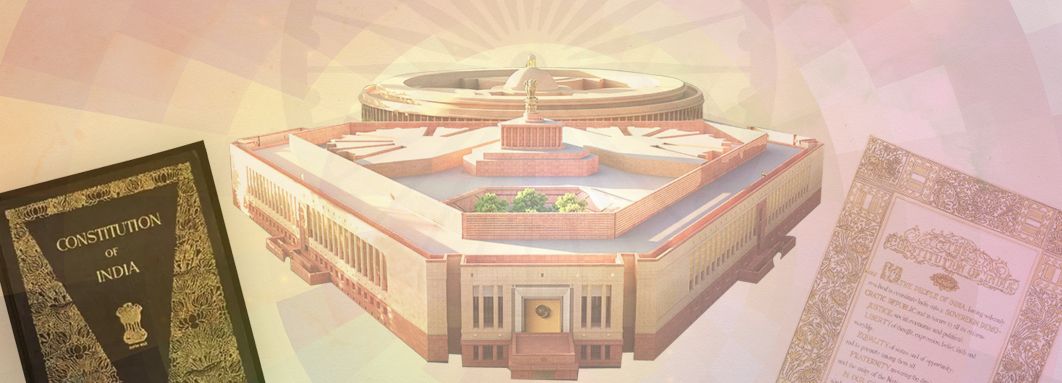
India, a land of vast diversity and ancient civilization, is officially known as the Republic of India, or Bharat. This name, steeped in historical and cultural significance, reflects the nation's deep-rooted heritage. India is structured as a "Union of States," a term signifying a voluntary association of diverse regional entities under a central government, while preserving a degree of autonomy for the constituent states.
The Foundation: A Sovereign, Socialist, Secular, Democratic Republic
India's political framework is defined by its status as a "Sovereign Socialist Secular Democratic Republic." Let's break down these crucial tenets:
- Sovereign: This signifies that India is an independent nation, free from external control. It has the authority to conduct its own foreign and domestic policies.
- Socialist: While India's economic policies have evolved over time, the term "socialist" within the preamble indicates a commitment to social justice, equitable distribution of wealth, and reducing disparities. It emphasizes a welfare state approach, prioritizing the well-being of its citizens.
- Secular: India upholds the principle of secularism, meaning the state remains neutral in matters of religion. All religions are treated equally before the law, and citizens have the freedom to practice their faith without interference.
- Democratic: India is a democracy, where the ultimate power resides in the people. Citizens exercise this power through free and fair elections, choosing their representatives at various levels of government.
- Republic: As a republic, India has an elected head of state, the President, rather than a hereditary monarch. This reinforces the principle of popular sovereignty.
The Constitution: The Guiding Document
The bedrock of India's governance is the Constitution of India. This comprehensive document, adopted on November 26, 1949, and brought into force on January 26, 1950 (Republic Day), lays out the framework for the nation's political institutions, fundamental rights, and duties of citizens.
- The Constitution establishes a parliamentary system of government, a model derived from the British Westminster system.
- It adopts a federal structure, dividing powers between the central government (Union) and the state governments. However, it also includes certain unitary features, allowing the central government to intervene in state affairs in specific situations, ensuring national unity and stability.
The Executive Branch: President, Prime Minister, and Council of Ministers
The executive branch of the Indian government is responsible for implementing and enforcing laws.
- The President: The President is the constitutional head of state, symbolizing the unity of the nation. While holding a ceremonial position, the President plays a crucial role in appointing key officials and giving assent to legislation.
- The Parliament: Article 79 of the Constitution outlines the structure of the Parliament, which consists of the President and two Houses:
- Rajya Sabha (Council of States): The upper house, representing the states and union territories. Its members are elected by the state legislative assemblies.
- Lok Sabha (House of the People): The lower house, directly elected by the people.
- The Prime Minister and Council of Ministers: Article 74(1) of the Constitution establishes the Council of Ministers, headed by the Prime Minister. This body holds the real executive power. The Prime Minister is the leader of the majority party or coalition in the Lok Sabha.
- The Council of Ministers aids and advises the President in the exercise of their functions.
- In practice, the President acts on the advice of the Council of Ministers, highlighting the Prime Minister's central role in governance.
Key features of the Indian Government:
- Parliamentary Sovereignty (with limitations): While Parliament is the supreme legislative body, its powers are limited by the Constitution and the judiciary.
- Judicial Review: The Supreme Court of India has the power of judicial review, allowing it to strike down laws that violate the Constitution.
- Fundamental Rights and Directive Principles: The Constitution guarantees fundamental rights to all citizens, ensuring basic freedoms. It also includes Directive Principles of State Policy, which guide the government in formulating policies for social and economic welfare.
India's complex and dynamic political system reflects its diverse population and its commitment to democratic principles. The balance between central authority and state autonomy, the interplay between the executive, legislative, and judicial branches, and the ongoing evolution of its social and economic policies all contribute to the unique character of the Indian republic.
Constitution of India